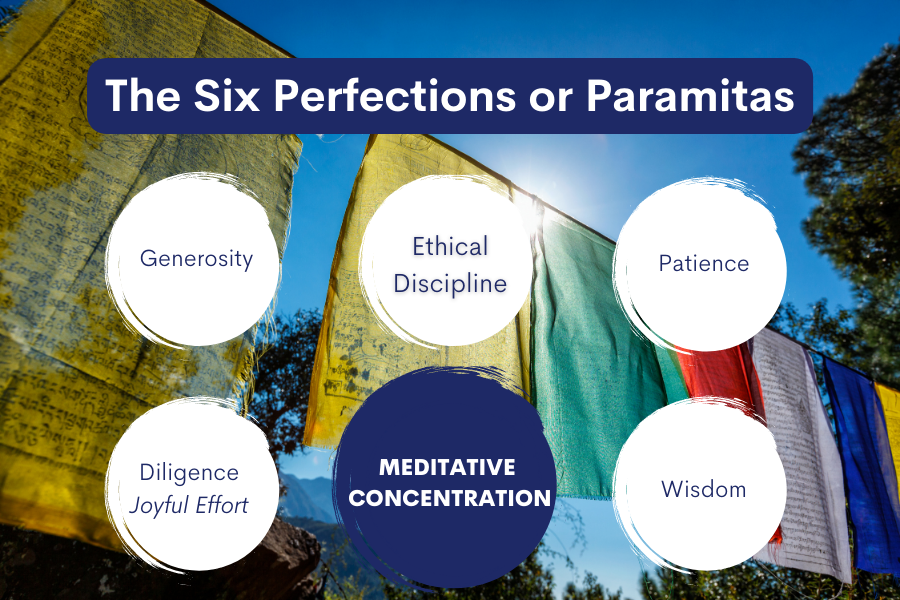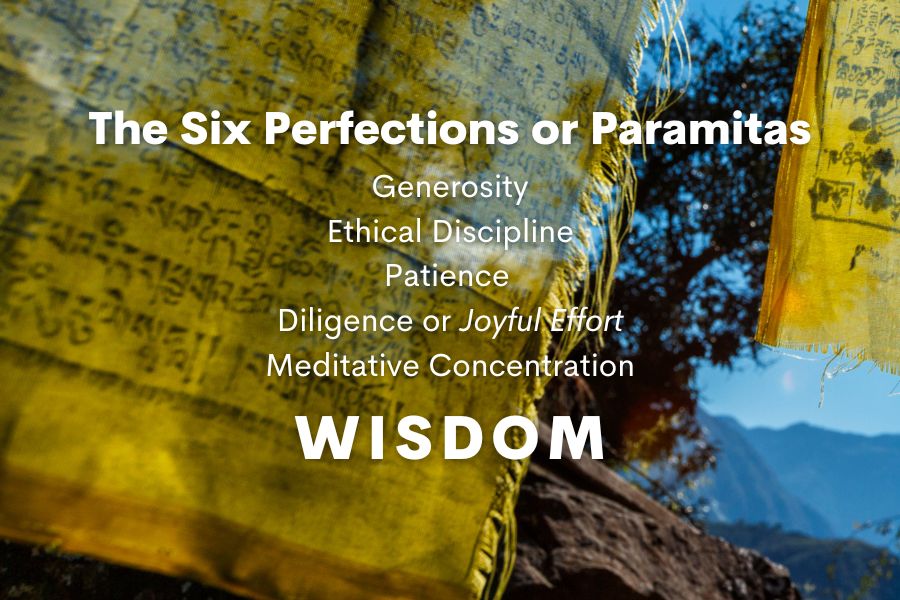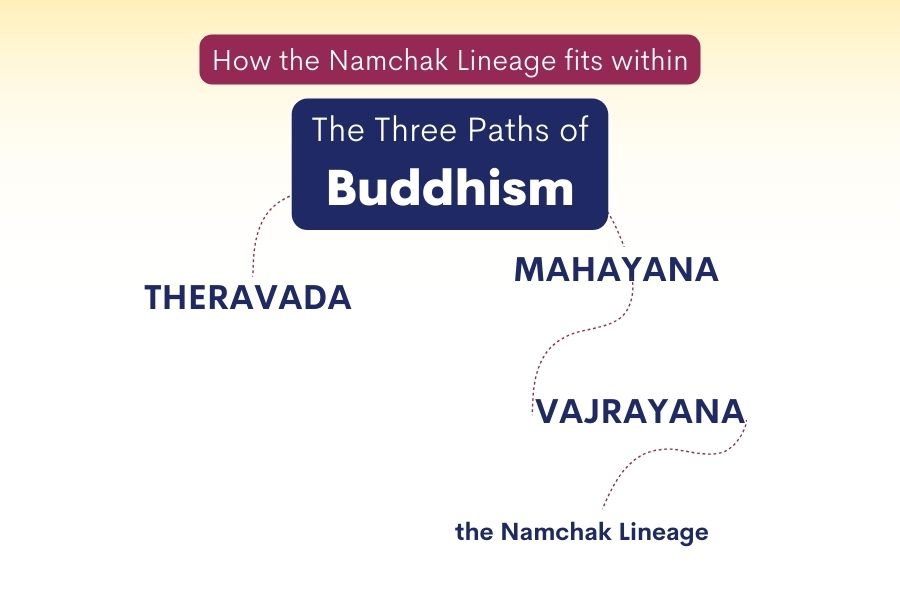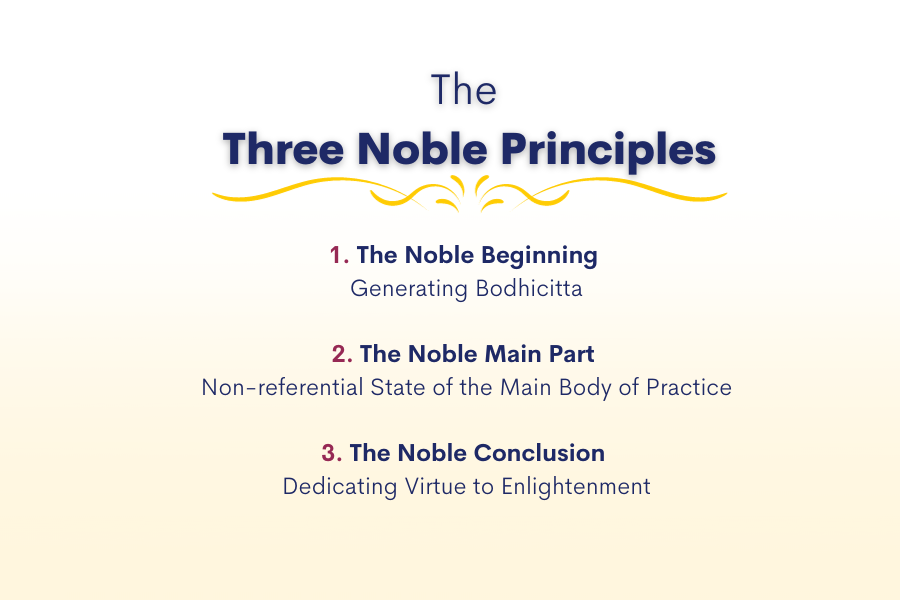Let’s begin by discussing lineage and why it’s beneficial to know if a spiritual teacher has one. The post The Importance of Lineage in Tibetan Buddhism appeared first on Namchak Tibetan Buddhist Practice & Retreat.
2. The Dharma of Realization: This refers to the realization of the meaning of those teachings in the mindstreams of practitioners.
For example, the texts describe the nature of impermanence in detail and how to meditate on it; then, someone receives teachings from their teacher, meditates on impermanence, and eventually realizes that truth. The teachings themselves are the dharma of scripture, and their realization or experiential understanding is the dharma of realization.
Ideally, a teacher will have realized the meaning of what they are teaching. This way, they can experientially guide a student to their own realization through the practices and experiences rather than merely transmitting an intellectual understanding. This is one important way that a lineage is transmitted.
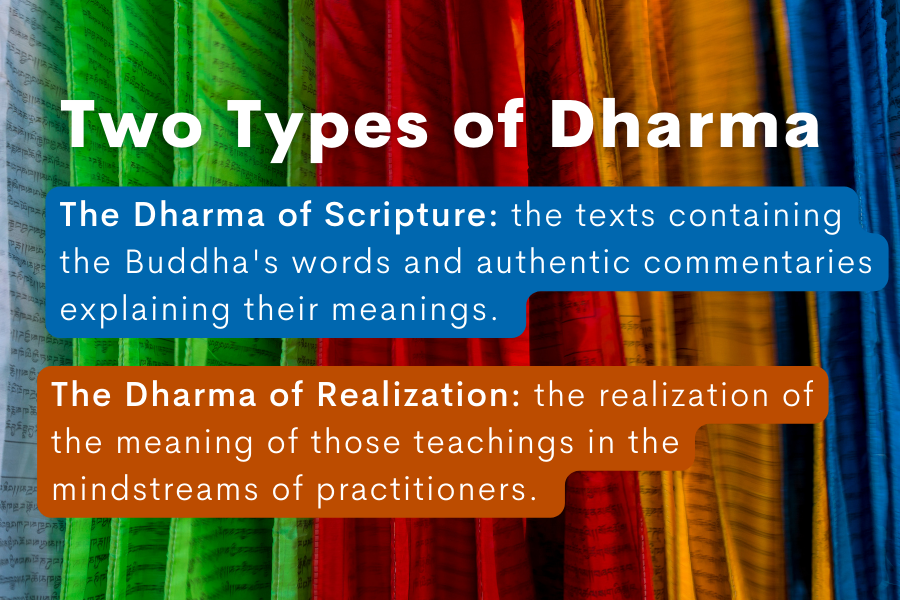
Why is lineage important?
Let’s say you were to buy a pair of custom-made shoes. Choice one is from a company that has made shoes for many generations and worked out all the production kinks. They’ve collected and passed on all of their knowledge and special techniques to perfectly smooth the leather, glue and stitch the soles, and prevent the leather from becoming discolored and losing its shape. Or, you could buy from a startup made by someone who has read every book on shoemaking but has no experience or background in shoemaking. Which would you choose?
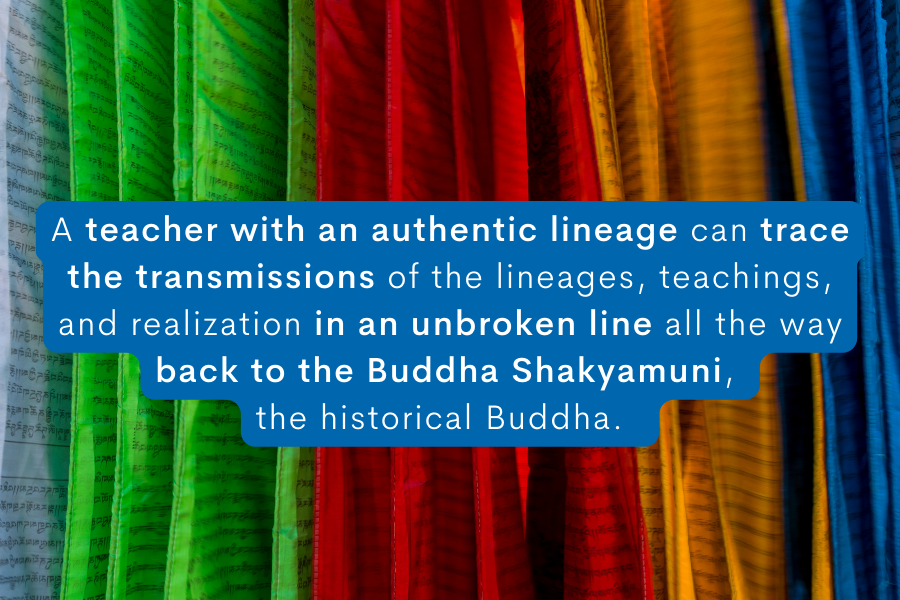
Buddha transmitted his words and realizations to Shariputra, Avalokiteshvara, Manjushri, etc. They put them into practice, gained experiences and realizations of them, and passed them on to their own students, and so on, down to our teachers who transmit them to us.
Similar to the example of the shoemaker, it is through the power of our teachers’ experiences, realizations, and pith instructions (which are much like the special techniques for laying leather flat) that we have a chance to gain authentic experiences and realizations of the teachings. That type of experience can’t be found in a book. They are a living lineage of transmission.
If we were only to read dharma books and try to put them into practice without any further instructions from a teacher from an authentic lineage, we would have no way to confirm if we are practicing correctly: if our experiences are in alignment with the particular practice we are doing, if we have realized the meaning of the specific practice and are ready to move on to the next level, or how to overcome obstacles as they arise in practice.
Types of Tantric Buddhism Transmissions:
There are many kinds of lineages, such as reading transmission lineages, empowerment lineages, instruction lineages, vow lineages, and so forth. Here we will review the first three types.
1. Empowerment transmission (wang) is specific to the tantric tradition. It is generally given in a ritual that gives you permission (empowers you) to meditate on a given tantric deity and recite their mantra. The teacher granting the empowerment must have received that very empowerment from their teacher. Generally speaking, a teacher must do the practice and repeat the mantra of that deity a certain number of times before bestowing an empowerment.
Empowerment transmissions are significant because, together with receiving permission to practice, you also receive tantric vows or principles to live by (Samaya) that you must keep. Many of the tantric vows have to do with maintaining pure perception, and they are quite difficult to keep. Fortunately, in Vajrayana, there are many methods for restoring Samaya, such as the monthly tsok offerings, confession prayers, Vajrasattva meditation and mantra repetition, and so forth.
2. Reading transmissions (lung) are given by a teacher reading a text aloud to students. These transmissions are common to both the sutra and tantra traditions. They are significant because they open the mindstream to the readings in a profound, irreplaceable way, therefore allowing one to access the deeper meanings and to be blessed by the Buddha mind, as it’s portrayed in that particular text. Even so, reading any sutra-level text without receiving the reading transmission is generally permissible. That is not the case with tantric texts.
Traditionally, in the case of the tantras, you must receive the empowerment and reading transmission for the given text to be permitted to read that text. In the case of generally applicable tantric commentaries on the stages of development and completion, you should at least receive the reading transmission and an empowerment on the same level of teachings as the text you wish to read.
3. Instruction (tree) transmissions are explanations of a text that unpack the deeper meaning and significance of texts which are often quite dense, profound, and difficult to understand by merely reading them. Some texts are even intentionally obscure to prevent the uninitiated from accessing their meanings and, therefore, unintelligible to those who have not received instructions from a qualified teacher. If someone were to receive the lineages of empowerment and reading transmission without instructions, they would be missing crucial information about how to practice.
Tantric practices are very strong medicine—which is a good thing!—but you certainly wouldn’t take that medicine without learning about it from a trusted doctor. Receiving instructions specific to a given practice is also necessary for the same reason.
In the tantric tradition, a teacher from whom you have received empowerment, reading transmission, and instructions is considered your “root lama,” and your teacher’s teachers through the generations become your “lineage lamas.” The lama through whose instructions you recognize the nature of your mind is also considered your root lama. Though it seems that in the West, many people think you can have only one root lama, most of the great teachers of the past, including our own Namchak Lamas Tulku Sangak Rinpoche and Namchak Khen Rinpoche, have multiple root lamas.
Now that we have covered the basics of what comprises a Buddhist lineage and why lineage is important, in a follow-up blog, we will go into some details of the Namchak lineage.
Learn more about Tibetan Buddhism and the Namchak Lineage, and Our Teachers.
The post The Importance of Lineage in Tibetan Buddhism appeared first on Namchak Tibetan Buddhist Practice & Retreat.





